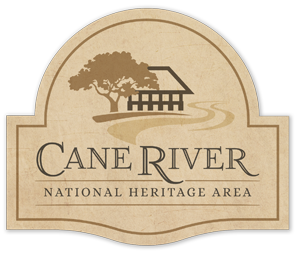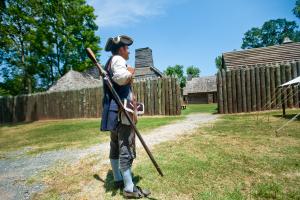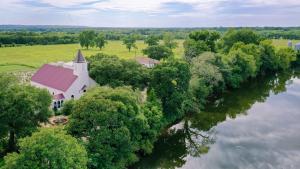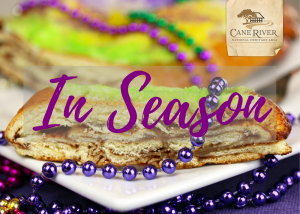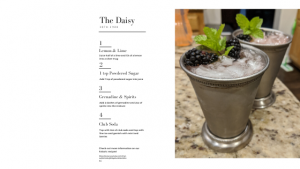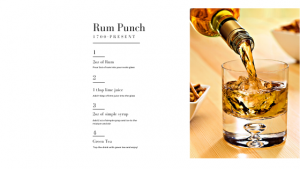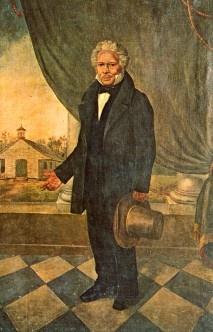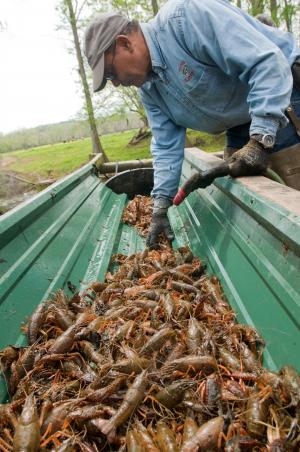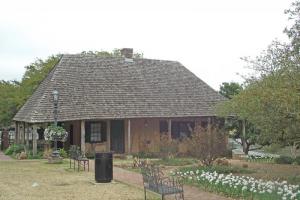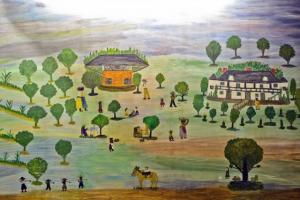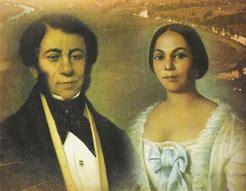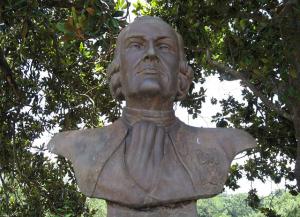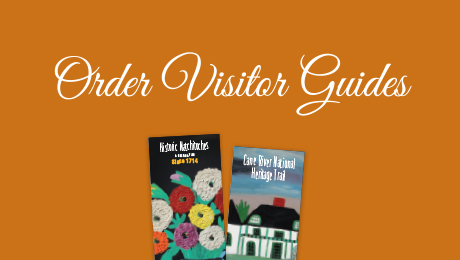The Cane River Journal is a blog consisting of a collection of stories, research, and writings published by the staff and partners of Cane River National Heritage Area. Its inaugural post was published in December 2015. To contact CRNHA staff with story and research ideas, please email us at Info@CaneRiverNHA.org.
You are here
Cane River Journal
From strategic fortifications to battlefields, this area is home to a plethora of military sites that offer a unique and enriching experience for history enthusiasts. We invite you to discover the military history of the Cane River National Heritage Area, as we explore the Grand Ecore Visitor... read more
Don’t let a rainy day dampen your spirits! Embrace the opportunity to explore Natchitoches' indoor attractions and discover the hidden gems that await you. From shopping in the Historic Landmark District to immersing yourself in art and culture, here are some exciting activities to make the most of... read more
With holidays around the corner, Natchitoches is getting festive. There are tons of opportunities to get involved with fall fun. Here are eight different activities you can do here in Natchitoches this fall!. St. Augustine Creole Festival “The 2022 St. Augustine Catholic Church Creole Festival, to... read more
In Season is a blog series that follows Cane River NHA Communications and Marketing Manager Amy Lee. She explores the flavors and traditions of Cane River's most famous food traditions and recipes.It's the time of year that most Louisianians look forward to the most - Mardi Gras! I am relatively... read more
In Season is a blog series that follows Cane River NHA Communications and Marketing Manager Amy Lee as she explores the flavors and traditions of Cane River's most famous food traditions and recipes. Hey everyone! Welcome to the first installment of our newest blog series, In Season. I should... read more
As the demand for alcohol roared through the 1920s, the enforcement of the Volstead laws cut the supply of quality products. Depression in the agricultural markets led many to distilling as a way to provide for their families or make a few bucks. Thus, moonshiners and diluters began supplying... read more
Many of us can easily conjure up images of speakeasies and gangsters when one thinks of the Roaring Twenties. Yet, we often forget the up-welling of prohibitionist sentiments that created this vision. The waves of prohibition fervor created by Carrie Nation and her hatchet washed away the... read more
Thursday, April 02, 2020 3:06 PMThis three-part series was created by the National Center for Preservation Technology and Training (NCPTT) and features Cane River native, Elvin Shields as he recalls life on Cane River during the mid to late 20th century. Cane River National Heritage Area... read more
Enslaved blacksmith Solomon Williams created decorative grave markers for family and friends at Oakland Plantation. Though these artistic expressions were forged under oppression, Solomon, like many enslaved blacksmiths of his time, wove together African and Christian symbols into his work, further... read more
The son of Frenchman, Claude Thomas Pierre Metoyer and African slave, Marie Therese Coincoin, Nicolas Augustin Metoyer was a French Creole and a leading personality of the community of free people of color known as Isle Brevelle. One of his most well-known and lasting contributions to the Cane... read more
Food and music traditions are particularly strong in Louisiana. We have interpretations of Creole and Cajun food and music that vary by community. Outside of the food and music that are hyped to tourists are the much more complex local traditions that make up the foodways and music traditions of... read more
A passive view of the culture of those who inhabited the quarters of cotton plantations has been common among the dry discussions of everyday life of enslaved communities. Beyond the routine of life on a plantation was a community that endured beyond crushing social and personal restrictions that... read more
Born two decades after the Civil War and granddaughter to a slave, Clementine Hunter is perhaps Melrose Plantation's most interesting tenant. Hunter worked as a field hand in her early years at the plantation, then as a cook in the plantation's big house.Hunter was a self-taught artist. She painted... read more
By the late 1840's, economic depression swept the United States, and Louis Metoyer's fortunes shifted dramatically, causing him to lose the plantation. Brothers Henry and Hypolite Hertzog, whose family owned the nearby Magnolia Plantation, purchased Melrose Plantation and ran it for the next 35... read more
Auguste Augustin Metoyer & Maire Carmelite Antey, descendants of Marie Thérèse Coincoin.Marie Thérèse Coincoin, a slave owned by founder of Natchitoches Louis Juchereau de St. Denis, was leased from St. Denis to a young French merchant named Claude Thomas Pierre Metoyer to be his housekeeper. A... read more
French explorer Louis Juchereau de St. Denis arrived into a well-established Caddo village in 1701 as part of an expedition to explore the region and begin trade relations with the American Indians. In 1714, during a return trip, St. Denis constructed a barrack and storage house to support the... read more
